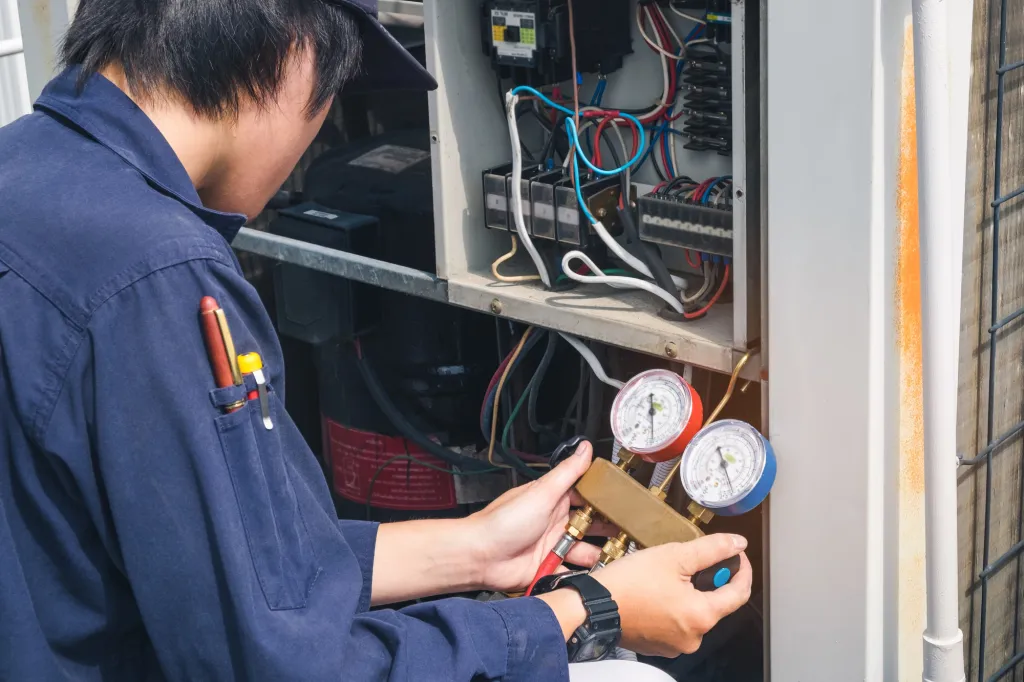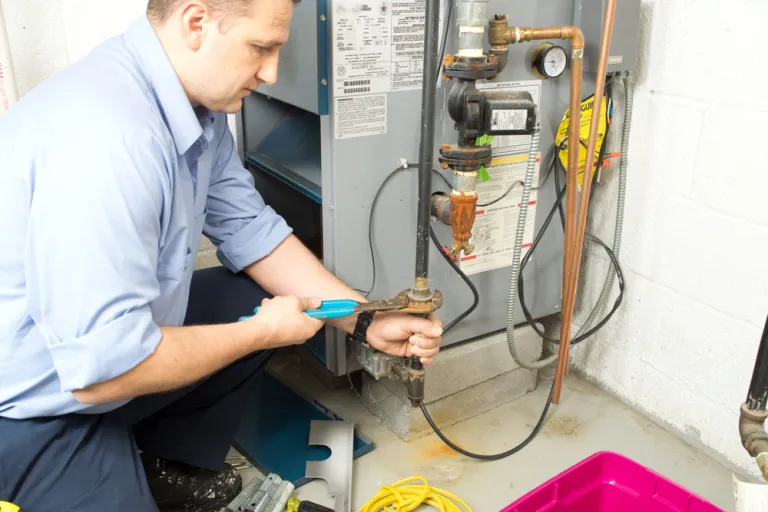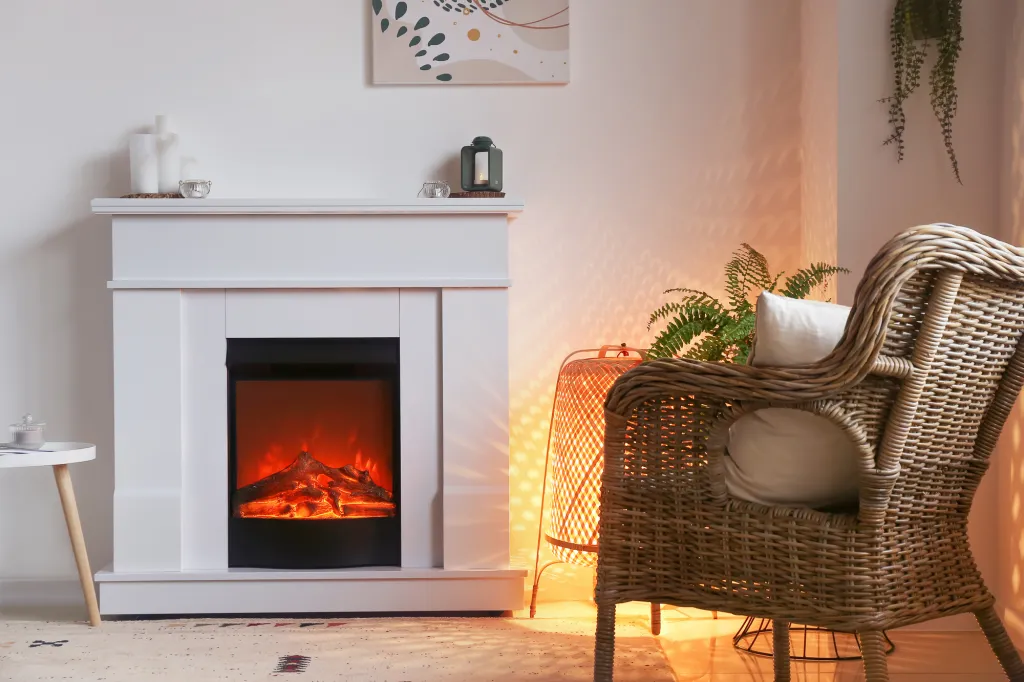Recognizing The Need For Furnace Repair Or Replacement
A furnace is the heart of a home’s heating system, especially in regions where winters are harsh and relentless. Ensuring its efficiency and reliability is essential for maintaining comfort and safety. Over time, even the most robust furnaces can show signs of wear and tear. Knowing when it’s time to call for a repair or consider a complete replacement can save homeowners both stress and money. Understanding the warning signs and evaluating your furnace’s performance can help you make an informed decision about the best course of action.
The Age of Your Furnace

One of the most significant indicators of whether a furnace needs repair or replacement is its age. The average lifespan of a furnace is around 15 to 20 years, depending on the model, maintenance history, and usage. If your furnace is approaching or exceeding this age range, it may no longer operate as efficiently as it once did, even with regular maintenance.
Older units are more prone to breakdowns and often lack the energy efficiency of modern systems. While repairs may keep an aging furnace running for a little longer, frequent issues may signal it’s time for a replacement.
Rising Energy Bills
A sudden or consistent increase in energy bills is often an early warning sign that your furnace is struggling. As furnaces age or develop internal problems, they lose efficiency and require more energy to maintain the same level of performance.
If you notice your energy bills climbing despite no significant changes in usage, it could indicate that your furnace is no longer operating at its peak. While a repair might address minor inefficiencies, persistent increases in energy costs may suggest that a furnace replacement service with a high-efficiency model could be a more cost-effective solution.
Uneven Heating in Your Home
A well-functioning furnace should provide consistent and even heating throughout your home. If certain rooms are colder than others or you notice temperature fluctuations, it may indicate an issue with the furnace or the ductwork. Problems such as clogged filters, failing components, or improper system sizing can all contribute to uneven heating. While some issues can be resolved with repairs, consistent heating problems in an older furnace often point to the need for a replacement.
Strange Noises or Smells
Unusual noises such as banging, rattling, or squealing coming from your furnace are often signs that something is wrong. These sounds could indicate issues with the blower motor, fan, or other internal components. Similarly, unusual smells, such as burning odors, may suggest that the system is overheating or has accumulated dust and debris. While these issues might be resolved with a repair, recurring noises or odors can indicate a deeper problem that warrants replacing the furnace to avoid potential safety risks.
Frequent Repairs
While occasional repairs are normal for any mechanical system, frequent breakdowns are a clear sign that your furnace is nearing the end of its useful life. If you find yourself calling a technician multiple times a year or spending significant amounts on repairs, it may be more economical to invest in a new furnace. A general rule of thumb is the “50 percent rule”: if the cost of repairs exceeds half the cost of a replacement, it’s usually better to replace the unit.
Short Cycling or Constant Operation
A furnace that cycles on and off too frequently, known as short cycling, or one that runs continuously without shutting off, may indicate an underlying problem. Short cycling can be caused by a variety of issues, including a malfunctioning thermostat, clogged filters, or an oversized system.
Continuous operation may suggest that the furnace is struggling to maintain the desired temperature due to inefficiency or failing components. While some of these problems can be addressed through repairs, they often signal a system that is nearing the end of its lifespan.
Changes in Air Quality

Your furnace plays a role in maintaining indoor air quality by circulating air and filtering out dust, allergens, and pollutants. If you notice an increase in dust accumulation, worsening allergies, or a general decline in air quality, your furnace may not be operating effectively. Problems such as dirty filters, leaky ductwork, or failing components can contribute to poor air circulation. Regular maintenance can often resolve these issues, but persistent problems may indicate the need for a new, more efficient system.
Safety Concerns
Safety should always be a top priority when evaluating your furnace. A cracked heat exchanger, for example, can release carbon monoxide, a dangerous and potentially fatal gas. If you suspect any safety issues, such as yellow or flickering flames in a gas furnace (indicating incomplete combustion) or carbon monoxide detector alerts, it’s critical to call a professional immediately. While some safety concerns can be addressed through repairs, others may necessitate a full replacement to ensure the safety of your household.
The Benefits of Replacement
While repairs can address many issues, replacing an outdated or failing furnace offers several long-term benefits. Modern furnaces are significantly more energy-efficient than older models, often resulting in substantial savings on energy bills. New systems also provide improved performance, better air quality, and enhanced safety features. Additionally, manufacturers often offer warranties for new systems, providing peace of mind and protection against unexpected costs.
Making the Right Decision

Deciding between repair and replacement involves weighing the cost, benefits, and risks associated with each option. If your furnace is relatively new and has a solid maintenance history, a repair may be sufficient to restore its functionality. However, if your furnace is older, inefficient, and requires frequent repairs, replacing it is often the more practical choice.
It’s essential to work with a trusted HVAC professional to evaluate your system’s condition and provide expert recommendations. A thorough inspection can help determine whether repairs will adequately address the issues or if investing in a new furnace will offer better value in the long run.
Conclusion
Knowing when to repair or replace your furnace is critical for maintaining a comfortable, safe, and energy-efficient home. By paying attention to signs such as rising energy bills, uneven heating, strange noises, and frequent repairs, homeowners can make informed decisions about their HVAC systems. Whether you opt for a repair or a replacement, prioritizing regular maintenance and working with a reliable HVAC professional will ensure your furnace serves you well for years to come.



